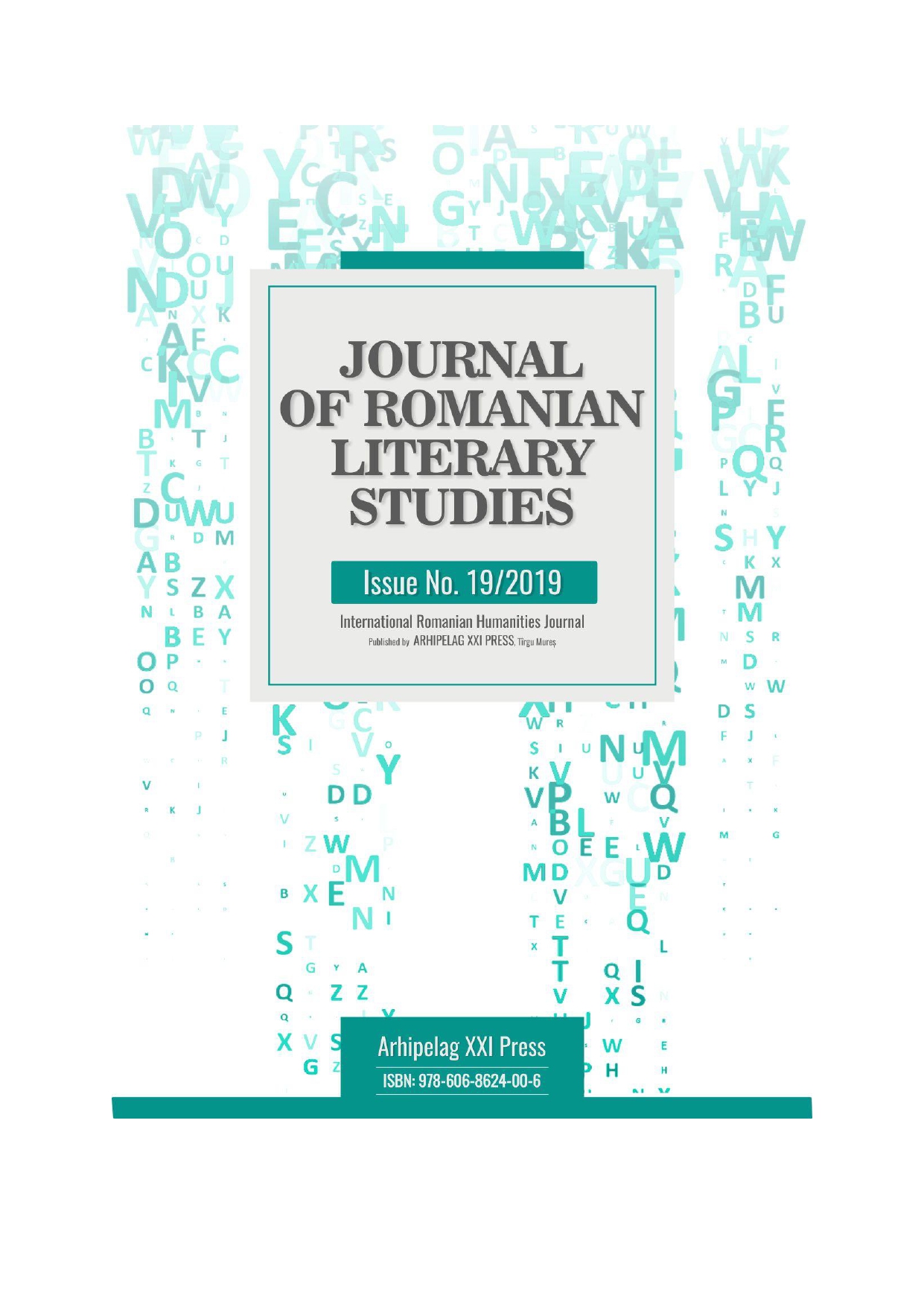ON THE PRONOMINAL DIRECT OBJECT OF THE ‘WONDER” VERBS IN ROMANIAN, FRENCH AND SPANISH
ON THE PRONOMINAL DIRECT OBJECT OF THE ‘WONDER” VERBS IN ROMANIAN, FRENCH AND SPANISH
Author(s): Dana-Luminița TeleoacăSubject(s): Morphology, Historical Linguistics, Comparative Linguistics, Descriptive linguistics
Published by: Editura Arhipelag XXI
Keywords: Romance comparison research; argumental structure; direct object; passive experimenter; doubling; direct object marking (DOM); system similarities;
Summary/Abstract: In this research, we will focus on the active-transitive argumental structure (the second argument, i.e. the direct object personal pronoun) of the Romanian a se mira ‘wonder’, compared with the syntactic framework of the corresponding heteronyms, fr. étonner and sp. extrañar. As members of the psych (wonder) verbs, the terms that we discuss imply the morphological actualization of the direct object (with the theta-role of passive experimenter) as a [+ animated], [+ personal] pronoun. The animated / personal nature of the experimenter is associated with certain grammatical consequences, especially in Romanian and Spanish, where the use the personal accusative morpheme entails the direct object doubling, either as anticipation and / or resumptive doubling. In this context, French stands out as not displaying a personal accusative morpheme, the “doubling” (of the direct object) being a stylistic phenomenon par excellence. Considering these aspects, it is not surprising that Romanian and Spanish display more frequent discursive situations of the direct object doubling: in these Romance idioms, the phenomenon of doubling is a grammatical / normative aspect, not limited (strictly or fundamentally) to the stylistic dimension.
Journal: Journal of Romanian Literary Studies
- Issue Year: 2019
- Issue No: 19
- Page Range: 1377-1384
- Page Count: 8
- Language: Romanian

